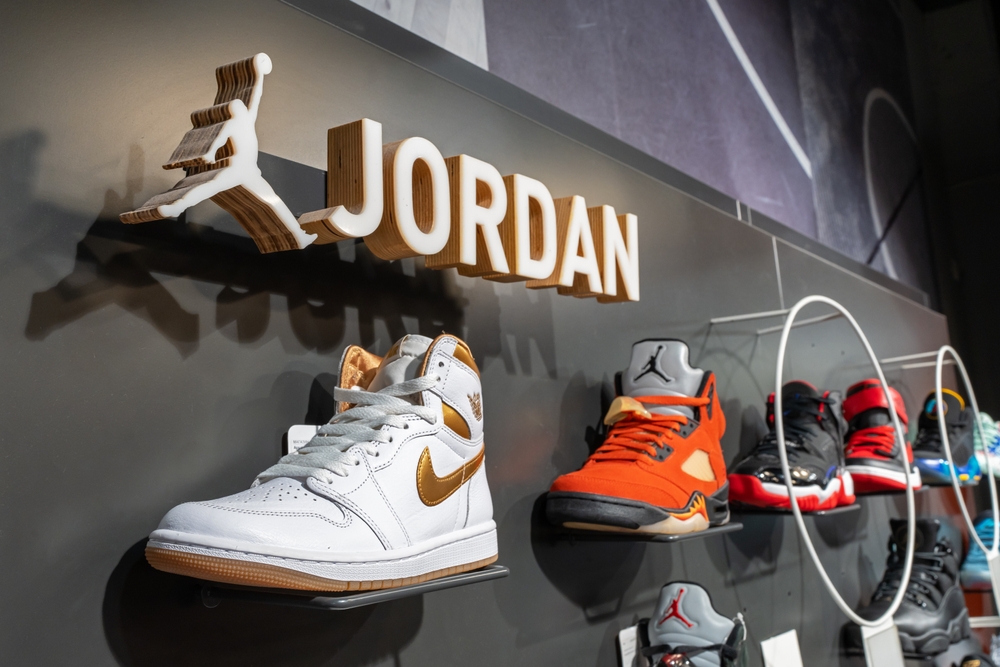In a world where the price of just about everything seems to be skyrocketing, it’s no wonder many find themselves reminiscing about the days when life seemed endlessly affordable. Once commonplace commodities and experiences now feel like luxuries, as economic landscapes shift and priorities change. This list is a nod to the things we grew up with that today might require a second mortgage or a winning lottery ticket. While the nostalgia might bring a wry smile to your face, it also offers a sobering reflection on how much the concept of affordability has evolved. Here are 13 things many of us cherished, which now seem just out of reach.
1. Owning A Home

There was a time when buying a house was considered a rite of passage into adulthood. Today, homeownership feels more like a distant dream than an achievable milestone for many. With real estate prices soaring, the barriers to entry have grown insurmountable for large segments of the population. According to Lawrence Yun, Chief Economist at the National Association of Realtors, the median home price has escalated beyond the reach of average incomes, creating a fundamental shift in the housing market dynamic. This disconnect between income growth and property prices leaves many renting indefinitely, pushing the dream of owning a home further out of reach.
The struggle for homeownership is exacerbated by stagnant wages and mounting student loan debts. As people grapple with financial constraints, saving for a down payment becomes an uphill battle. The situation is further complicated by stricter lending requirements, which many find challenging to satisfy. This combination of factors perpetuates a cycle where renting becomes the norm and homeownership a distant goal. It’s a stark contrast to the previous generations who often stepped into homeownership with relative ease.
2. University Education Without Crushing Debt

A university education was once viewed as a ticket to a better life, attainable without crippling financial strain. Today, it is synonymous with enormous debt that takes decades to repay. Tuition fees have ballooned, leaving many to question the return on investment. The weight of student loans hangs heavily on graduates’ shoulders, affecting life choices well into their 30s and beyond. The dream of a debt-free degree is now a relic of the past for most.
With rising tuition costs, more people are re-evaluating the necessity and viability of traditional degrees. Alternative forms of education are gaining popularity as people seek paths that won’t lead to financial ruin. Trade schools, online courses, and apprenticeships are becoming viable options, offering specialized skills without the overwhelming debt. The changing landscape of education is reflective of a broader societal shift towards valuing skill over pedigree. This new reality forces students and families to adapt, often foregoing the traditional college experience.
3. Regular Family Vacations

Family vacations were once an annual staple, a cherished tradition that offered a break from routine. Today, they are increasingly viewed as a luxury few can afford. With travel costs ballooning, especially airfare and accommodation, many families find themselves priced out of even modest getaways. A study by the Family Travel Association found that 56% of families cited cost as a significant barrier to traveling as much as they would like. This financial hurdle often results in staycations or foregoing vacations altogether.
The rising cost of living further compounds the difficulty of saving for holidays. The choice between daily necessities and a family trip isn’t a hard one to make but often leaves a gaping void in shared experiences and memories. Parents struggle with guilt, as they remember their own childhood vacations with fondness and wish to provide the same for their children. The decline in family vacations also affects tourism-dependent economies, creating a domino effect that impacts more than just the immediate family. This shift underscores the growing divide between aspirations and financial reality.
4. Owning A Single-Car Garage
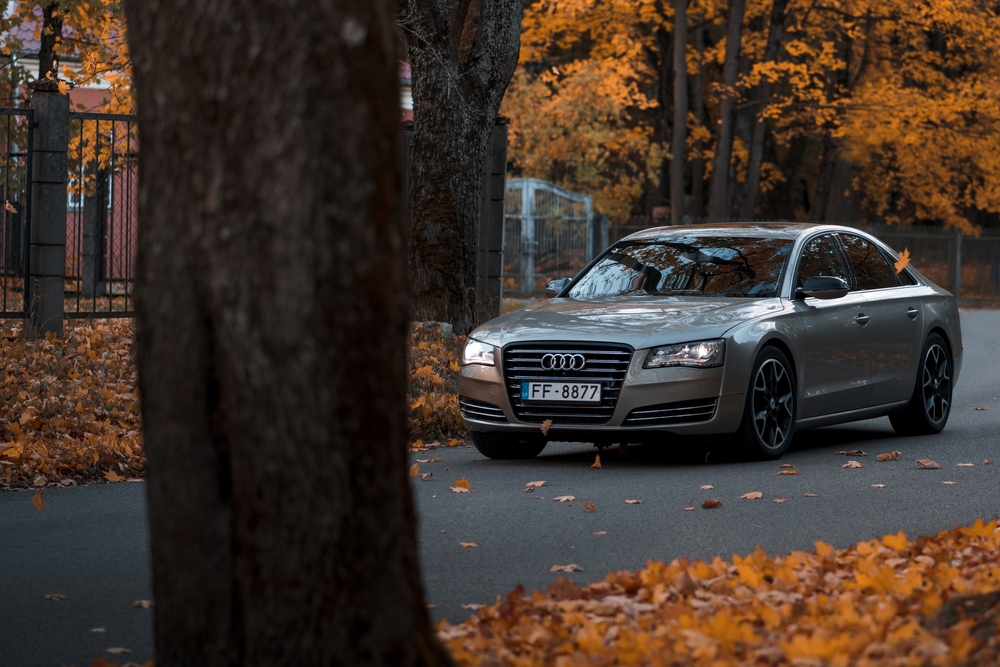
There was a time when owning a single-car garage was a standard part of suburban life. Today, the high cost of real estate often makes having a garage an unattainable luxury. Urban living spaces prioritize efficient use of land, leaving little room for personal parking spaces. As cities grow denser, the convenience of a garage is exchanged for shared or public parking solutions. This shift reflects a larger trend towards minimalism and shared resources.
As people continue to flock to urban centers, the demand for space skyrockets. The cost of land becomes prohibitive, pushing out personal garages in favor of more lucrative property developments. Those who do have garages often find them repurposed into living spaces, workshops, or storage solutions. The idea of a garage as a vehicle’s sanctuary is slowly fading, replaced by the need for resourceful space utilization. The changes in lifestyle and living arrangements mirror broader societal shifts towards sustainable urban living.
5. Eating Out Regularly

Dining out has transitioned from a routine pleasure to an occasional indulgence for many. As the cost of living rises, discretionary spending on dining experiences has been one of the first things to be cut from budgets. According to a survey by the National Restaurant Association, 63% of adults surveyed said they were ordering takeout or delivery less frequently to save money. This trend reflects a broader movement towards home-cooked meals and budget-friendly dining alternatives. For restaurant owners, this shift presents both a challenge and an opportunity to adapt.
The shift in dining habits is influenced by more than just financial constraints. Health consciousness and a desire for more control over ingredient quality also play a part in the resurgence of home-cooked meals. People are increasingly mindful of what they consume, leading to a renaissance of cooking at home. The change also affects social dynamics, as dining out is often seen as a social activity. Restaurants are innovating to attract customers, offering more value-driven options and unique experiences to entice diners back.
6. Full-Service Gas Stations

Full-service gas stations, where attendants filled your tank and cleaned your windshield, were once a common sight. Now, they are a rare luxury that many can’t justify financially. The shift towards self-service was driven by a desire for cost savings, both for consumers and gas station operators. As a result, the tactile experience of full-service, with its personal interactions and attention to detail, has largely disappeared. The convenience of self-service, though practical, lacks the charm and service-oriented experience of its predecessor.
While self-service stations dominate, the few remaining full-service stations cater to niche markets. These often include luxury car owners or those in affluent areas where the added cost is less of a concern. However, for most, the economic incentive to pump their own gas outweighs the nostalgia of full-service. This transition is part of a broader trend towards automation and efficiency at the expense of personal interaction. The disappearance of full-service gas stations is one of many shifts towards a more impersonal and mechanized society.
7. Owning A Landline
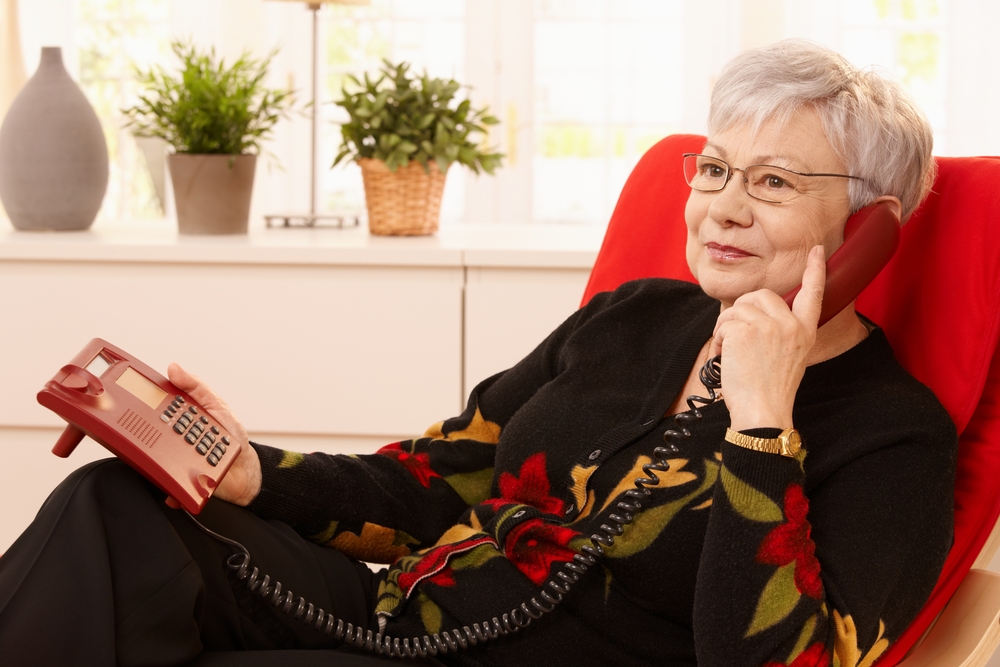
Landlines were once the backbone of household communication, a fixture in every home. Today, they are nearly obsolete, replaced by the convenience and affordability of mobile phones. According to a Pew Research Center study, only about 40% of U.S. households still have a landline, down from 90% in the early 2000s. This trend highlights the rapid technological evolution that has rendered traditional landline phones redundant. The shift from landlines has also altered how people communicate, favoring text and instant messaging over verbal conversations.
The decline of landlines is a natural progression as technology advances and consumer preferences shift. Mobile phones offer a level of connectivity and flexibility that landlines simply can’t match. The convenience of having a phone that travels with you has fundamentally changed communication habits and expectations. For many, the decision to cut the cord is both a financial and practical one, eliminating redundant services. This change reflects broader societal trends towards mobility and instant access to information.
8. Having A Personal Secretary

Once upon a time, personal secretaries were a status symbol, a testament to one’s professional success and busy schedule. Today, the role has largely been replaced by technology and digital assistants. The advent of smartphones and apps designed to organize one’s life has diminished the need for a human assistant. What was once a position filled by a real person is now performed by algorithms and software. This evolution has not only changed the workforce but also how people manage their personal and professional lives.
The disappearance of personal secretaries is part of a broader trend towards automation and efficiency. With the rise of digital tools, people have come to rely on technology for tasks once handled by secretaries. While this shift offers cost savings and convenience, it also removes the personal touch and human interaction characteristic of the traditional secretary role. This change reflects the larger societal shift towards technological solutions for everyday tasks. The transformation has streamlined operations but may come at the cost of personalization and human connection.
9. Affording A Large Family

Once seen as a blessing, having a large family is now considered an unaffordable luxury for many. The cost of raising children, including education, healthcare, and daily expenses, has skyrocketed. For prospective parents, the financial burden of multiple children can be overwhelming. This reality forces many to reconsider or delay family plans, opting for smaller families or no children at all. The decision is often driven by financial necessity rather than personal preference.
The financial strain of raising a large family is compounded by stagnant wages and a higher cost of living. Parents face difficult choices as they balance career demands with family responsibilities. As a result, the idea of the traditional large family is slowly fading. The societal norm is shifting towards smaller family units, reflecting broader economic and cultural changes. This trend underscores the complex interplay between personal aspirations and financial realities.
10. Owning Multiple Cars
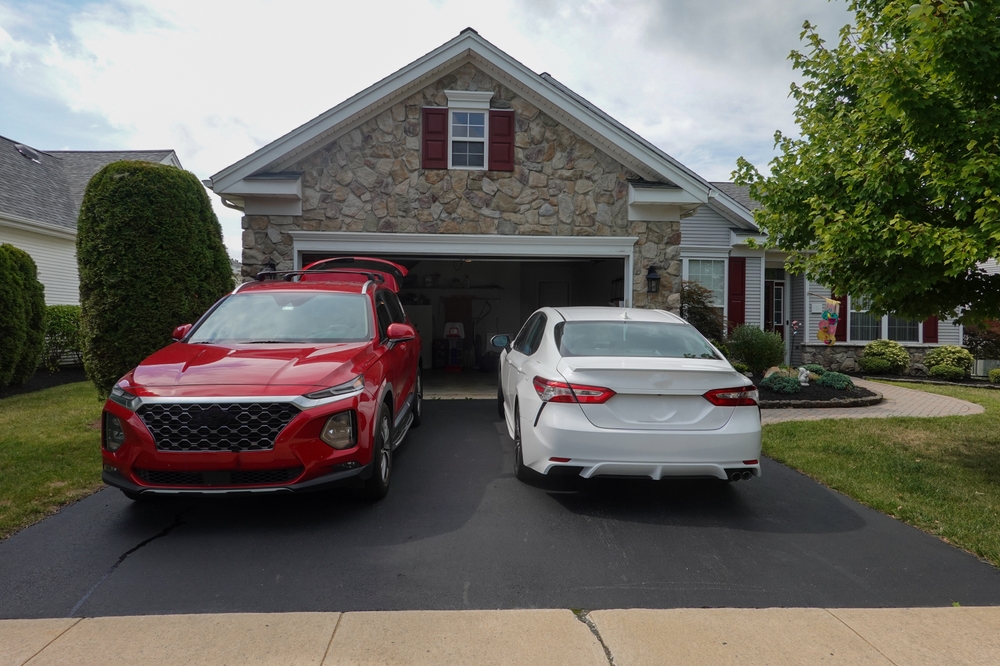
Owning multiple cars was once a symbol of affluence and convenience, a staple in many households. Today, it is a luxury that fewer can afford due to rising costs of ownership, insurance, and maintenance. The shift towards public transportation and car-sharing services reflects a broader societal change. Many are opting for more sustainable and cost-effective transportation options. This trend highlights the intersection of economic necessity and environmental consciousness.
The decline in multiple car ownership is driven by both financial and environmental factors. Rising awareness of climate change and a desire to reduce carbon footprints have encouraged more sustainable transportation choices. The availability of public transit and ride-sharing services has provided viable alternatives to personal car ownership. People are increasingly prioritizing experiences and sustainability over the material accumulation of assets. This shift marks a significant change in how people view transportation and its role in their daily lives.
11. Going To The Movies Regularly
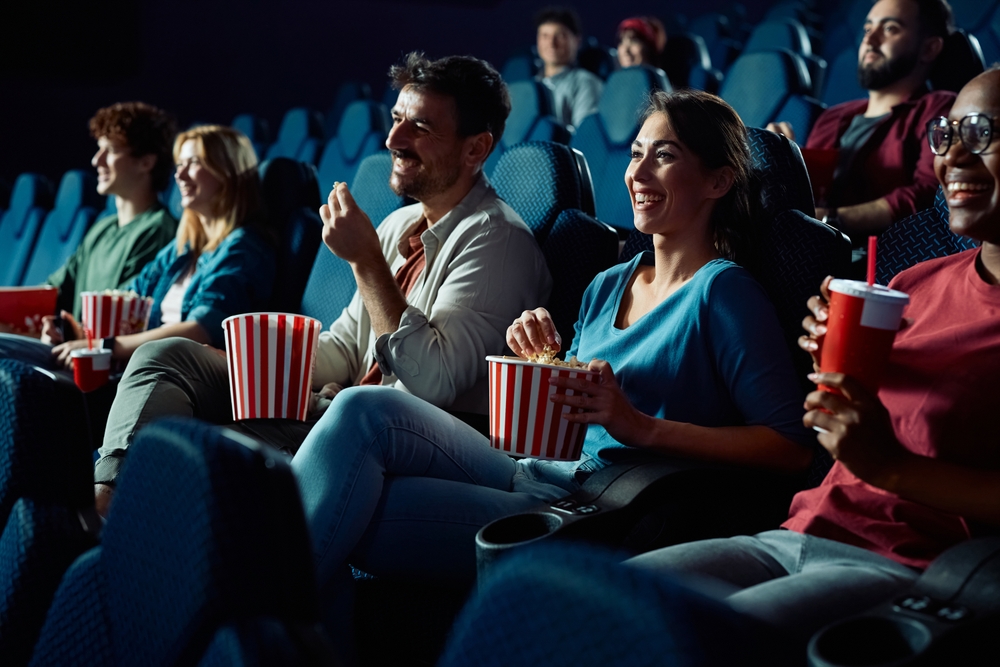
Once a staple of weekend entertainment, going to the movies has become a less frequent activity for many. Ticket prices, concessions, and the overall cost of a night at the cinema have made it a rare treat rather than a regular outing. The rise of streaming services has further contributed to the decline, offering a vast array of films at a fraction of the cost. This shift has reshaped the movie industry, forcing theaters to innovate to attract audiences. The change illustrates a broader cultural trend towards on-demand entertainment.
The advent of high-quality home entertainment systems has also impacted cinema attendance. People can now enjoy a cinematic experience from the comfort of their living rooms. The convenience and cost-effectiveness of home viewing have made it a preferred choice for many. While theaters attempt to lure back audiences with luxury seating and enhanced experiences, the fundamental shift in consumer habits presents an ongoing challenge. This evolution reflects changing priorities, where convenience and cost savings often outweigh traditional experiences.
12. Owning A Vacation Home
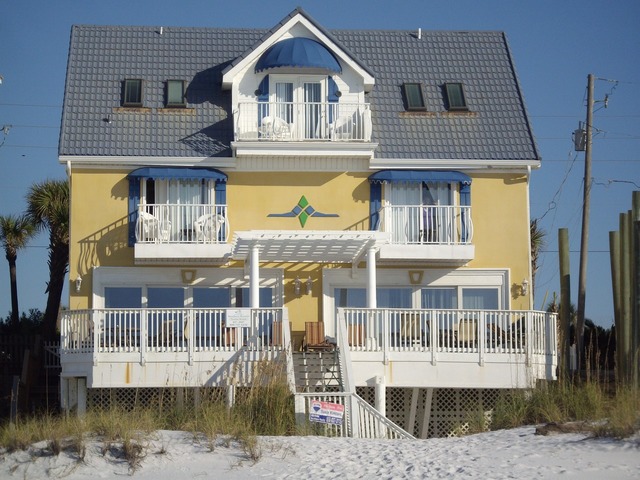
Owning a vacation home was once a sign of leisure and prosperity, a retreat from the daily grind. Today, it’s an unattainable dream for many due to soaring real estate prices and maintenance costs. The financial burden of a second property is more than most can manage, prompting many to seek alternative vacation options. Timeshares, vacation rentals, and home-swapping offer more affordable solutions for those seeking a getaway. This shift reflects broader changes in how people approach travel and leisure.
The decline in vacation home ownership is also influenced by the desire for more varied travel experiences. Rather than committing to a single location, many prefer the flexibility of exploring new destinations. The proliferation of travel platforms has made it easier and more affordable to experience different cultures and locales. This shift underscores a move towards experiences over possessions, aligning with broader societal trends. The changing face of travel reflects the evolving priorities of a generation that values mobility and exploration.
13. Attending Live Sports Events Regularly

Attending live sports events was once a regular pastime, a communal experience shared with family and friends. Today, the cost of tickets, parking, and concessions has made it an occasional indulgence rather than a frequent activity. Economic constraints have forced many to prioritize spending, relegating live sports to the category of luxury entertainment. The rise of television and streaming options offers a more affordable way to enjoy the game from home. This trend highlights the balancing act between financial constraints and the desire for communal experiences.
The decline in attendance at live sports events reflects broader economic and cultural shifts. As people search for ways to cut costs, at-home viewing has become a popular alternative. The availability of high-definition broadcasts and interactive viewing experiences has made staying in more appealing. For sports franchises, this shift presents both challenges and opportunities to engage with fans in new ways. The evolution of sports consumption illustrates changing priorities, where cost savings often take precedence over traditional experiences.
This article is for informational purposes only and should not be construed as financial advice. Consult a financial professional before making investment or other financial decisions. The author and publisher make no warranties of any kind.






